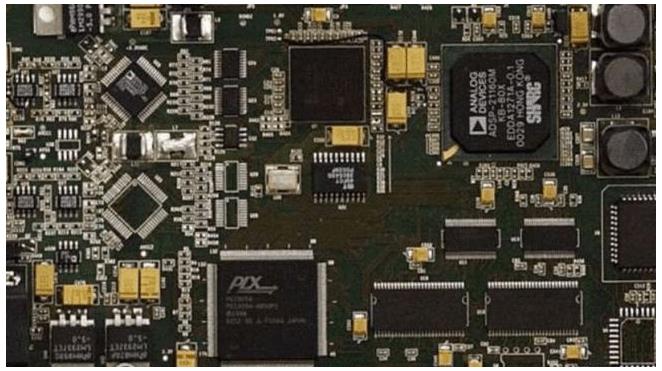Transient responses in interconnects and on power lines in PCB board are responsible for bit errors, timing jitter, and other signal integrity problems. You can determine the design steps to take in designing a perfect circuit using transient signal analysis.
Transient signal analysis in simple circuits can be checked and calculated manually, allowing the transient response to be plotted over time. More complex circuits may be difficult to analyze manually. Instead, you can use the simulator for temporal transient signal analysis during the simulator design.With the right design software, you don't even need coding skills.

Formally, transients may occur in circuits that can be written as a coupled set of first-order linear or nonlinear differential equations (autonomous or non-autonomous). Transient responses can be determined in a number of ways.
A transient response without feedback in a time-invariant circuit is one of the following three cases:
Overdamping: Slow decay of response, no oscillations
Critical damping: Fast decay response, no oscillation
Underdamping: Attenuated oscillatory response
On the circuit simulation side, you can run transient signal analysis simulations directly from the schematic. This requires consideration of two aspects of circuit behavior:
Drive signal. This defines the change in the input voltage/current level that causes the transient response. This may involve a change between two signal levels (i.e. the switching digital signal), a drop or spike in the current input signal level, or any other arbitrary change in the driving signal. You can consider using a sinusoidal signal or an arbitrary periodic waveform for the drive. You can also consider the limited rise time when the signal switches between two levels.
Initial conditions. This defines the state of the circuit when the drive signal fluctuates or the drive waveform is turned on. Assume that at time t=0, the circuit is initially in a stable state (that is, there is no previous transient response in the circuit). If initial conditions are not specified, the voltage and current are assumed to be zero at t=0.
After running the simulation, you are provided with an output that covers both the input signal and the output, allowing you to see exactly how different changes in signal levels produce transient responses. An example of switching digital signals is shown below. In this circuit, we assume that no initial conditions are specified. The transient response of the current exhibits severe overshoot and downshoot due to insufficient damping. One solution here is to add some series resistors at the source to increase damping. A better solution is to reduce the inductance in the circuit or increase the capacitance so that the response goes into a damped state.
Example of transient signal analysis results
Schematic diagram and layout after transient signal analysis
The output in the figure above is similar to that seen in the reflection waveform simulation, where the incident and reflected waves are compared in the post-layout simulation. The difference in this case is that we are working in a schematic, which does not account for parasitic effects in the PCB. In post-layout simulation, parasitization is considered, and the results of your transient signal analysis may inform you to make some changes to the layout or stacks to reduce the ringing described above.
If the above results are seen in the signal integrity simulation after the layout of the transmission line, one solution is to reduce the loop inductance in the interconnect and reduce the capacitance proportionally. This will increase the damping of the circuit without changing the characteristic impedance. This also moves the resonant frequency in the circuit to a higher value, reducing the ringing amplitude. Another option is to connect the driver in series.
Pole zero analysis
An alternative approach to time domain simulation is to use zero-pole analysis. The technique takes the circuit into the Laplace domain and calculates the poles and zeros in the circuit. This allows you to immediately see how the transient signal response behaves in the circuit. Note that this type of simulation can still take into account initial conditions in transient signal analysis, so the results are more general. However, you cannot directly see the magnitude of the transient signal because you are not explicitly considering the behavior of the input waveform.
Stability and instability in transient signal analysis
One thing to note here is the potential for instability in the circuit that contains the feedback. In a typical circuit, you will check in the PCB schematic and layout, and will almost always encounter a stable transient signal. The above example shows a stable response. Despite transient oscillations, the signal eventually decays to steady state. In circuits with strong feedback, transient oscillations become unstable and grow over time.
Amplifiers are a well-known condition in which thermal fluctuations or strong underdamped responses drive the response of the amplifier to become unstable and saturated in the presence of strong feedback. A saturated nonlinear time-invariant circuit eventually forces this unstable amplitude to stabilize to a constant level.
In transient signal analysis, you can easily find instability in the time domain; This will occur in the underdamped state with an exponential increase in output. In zero-pole analysis, the real part is positive.